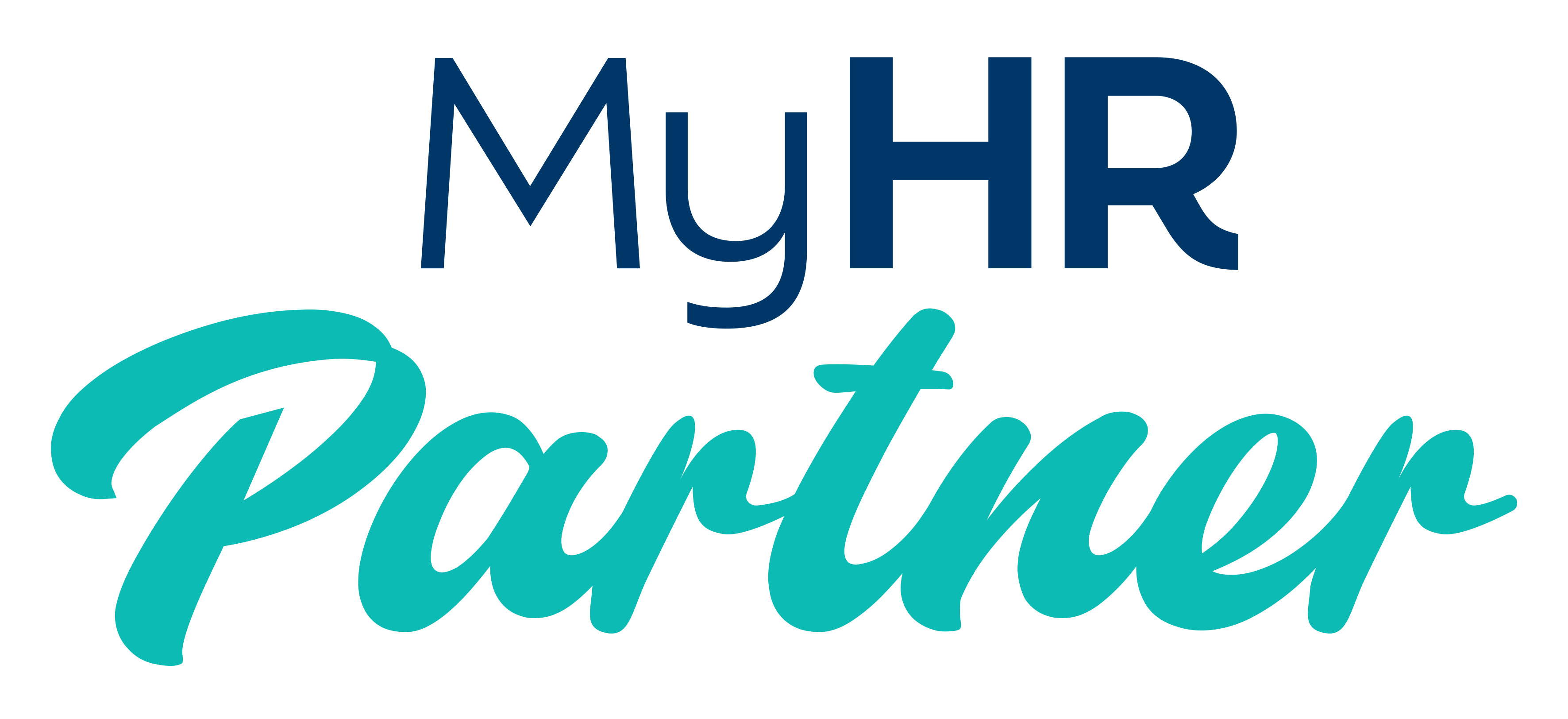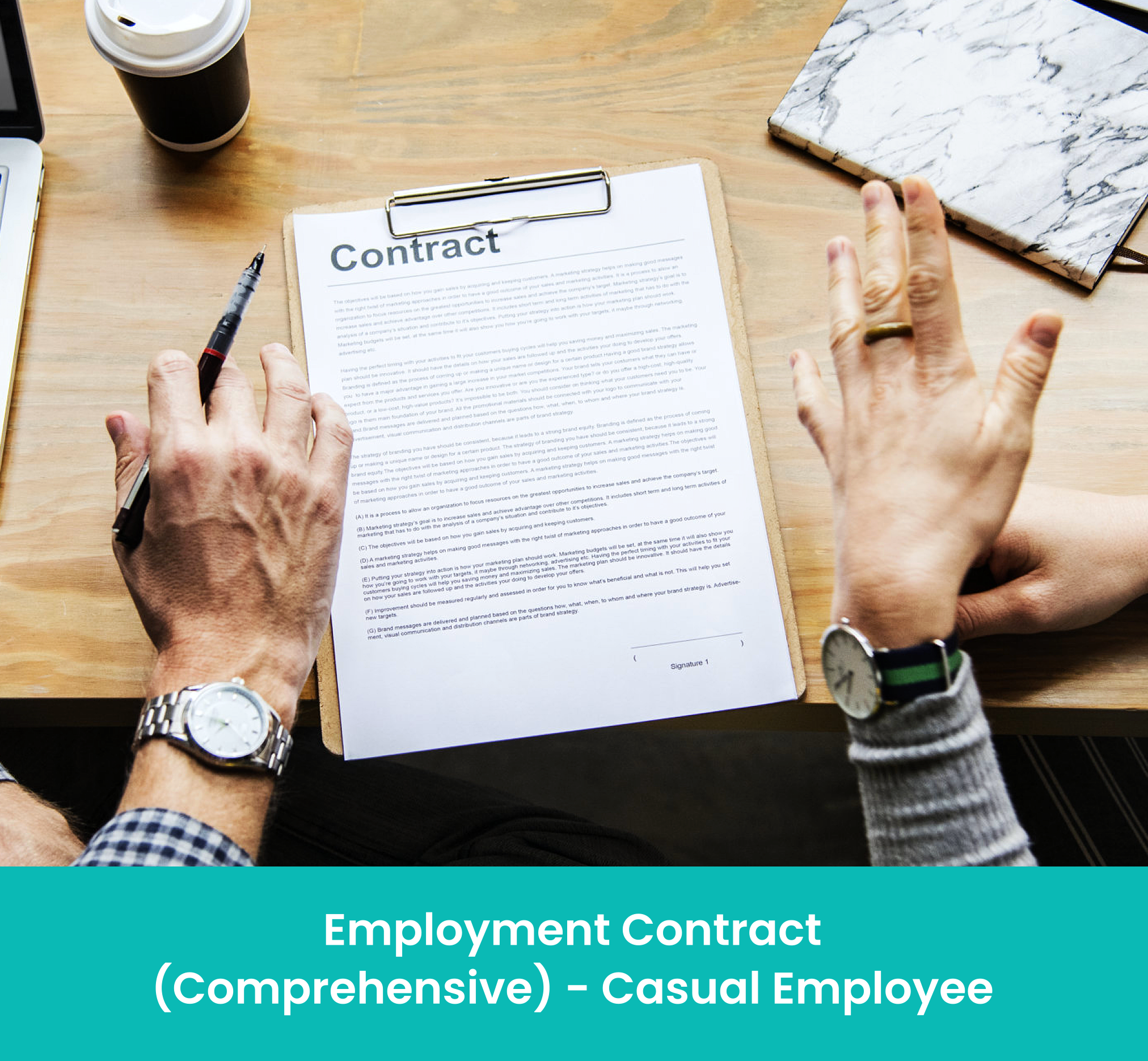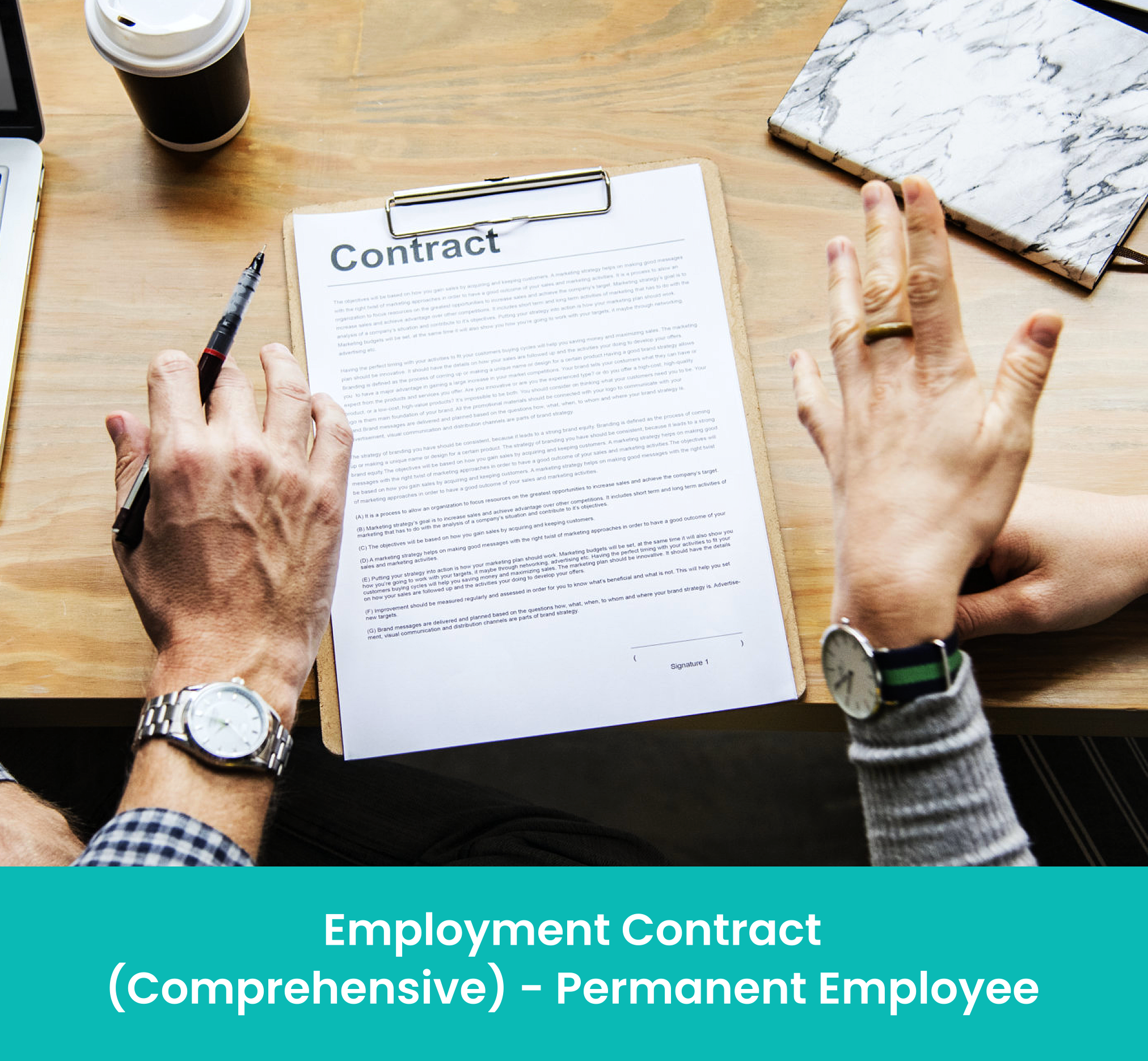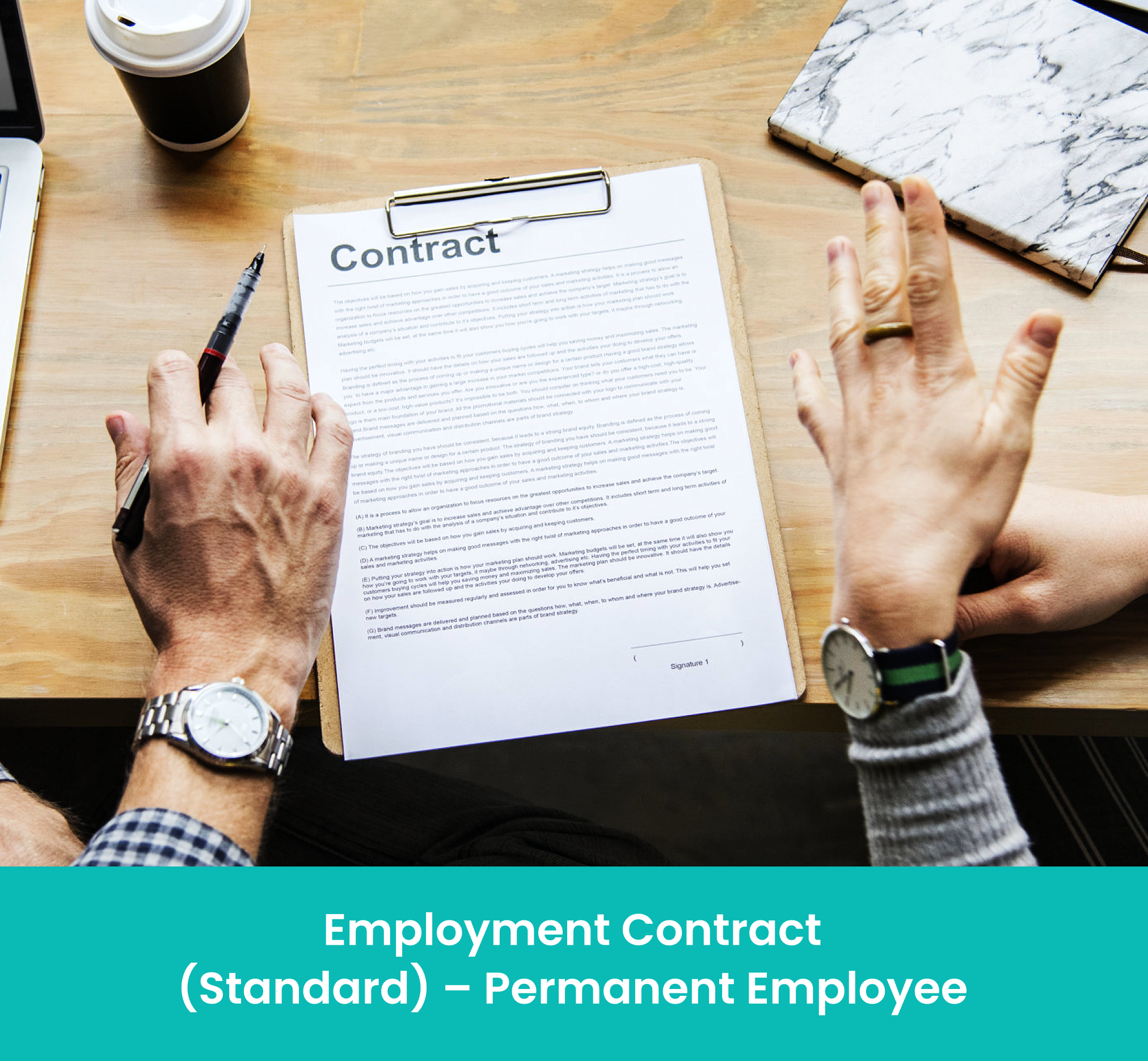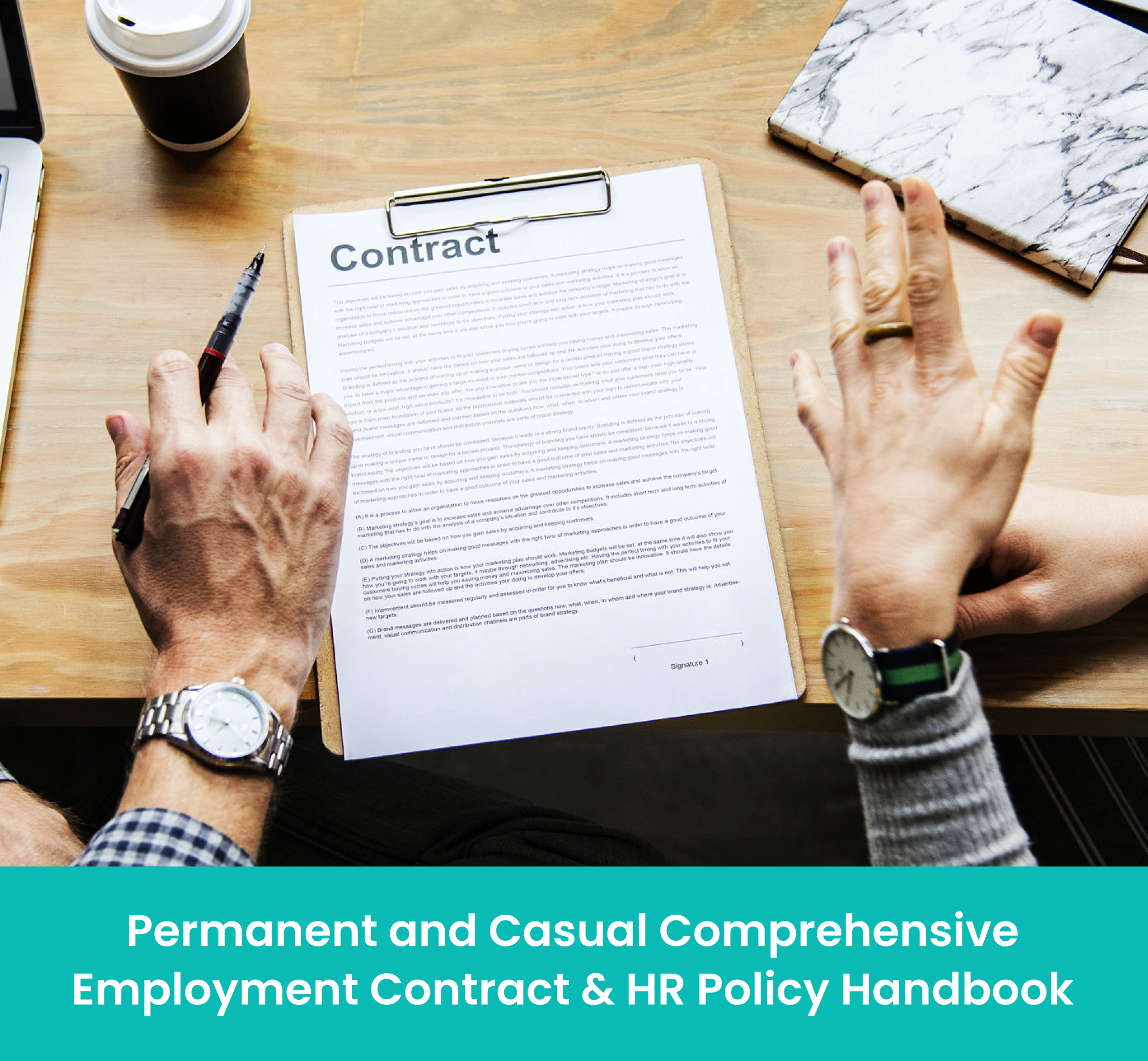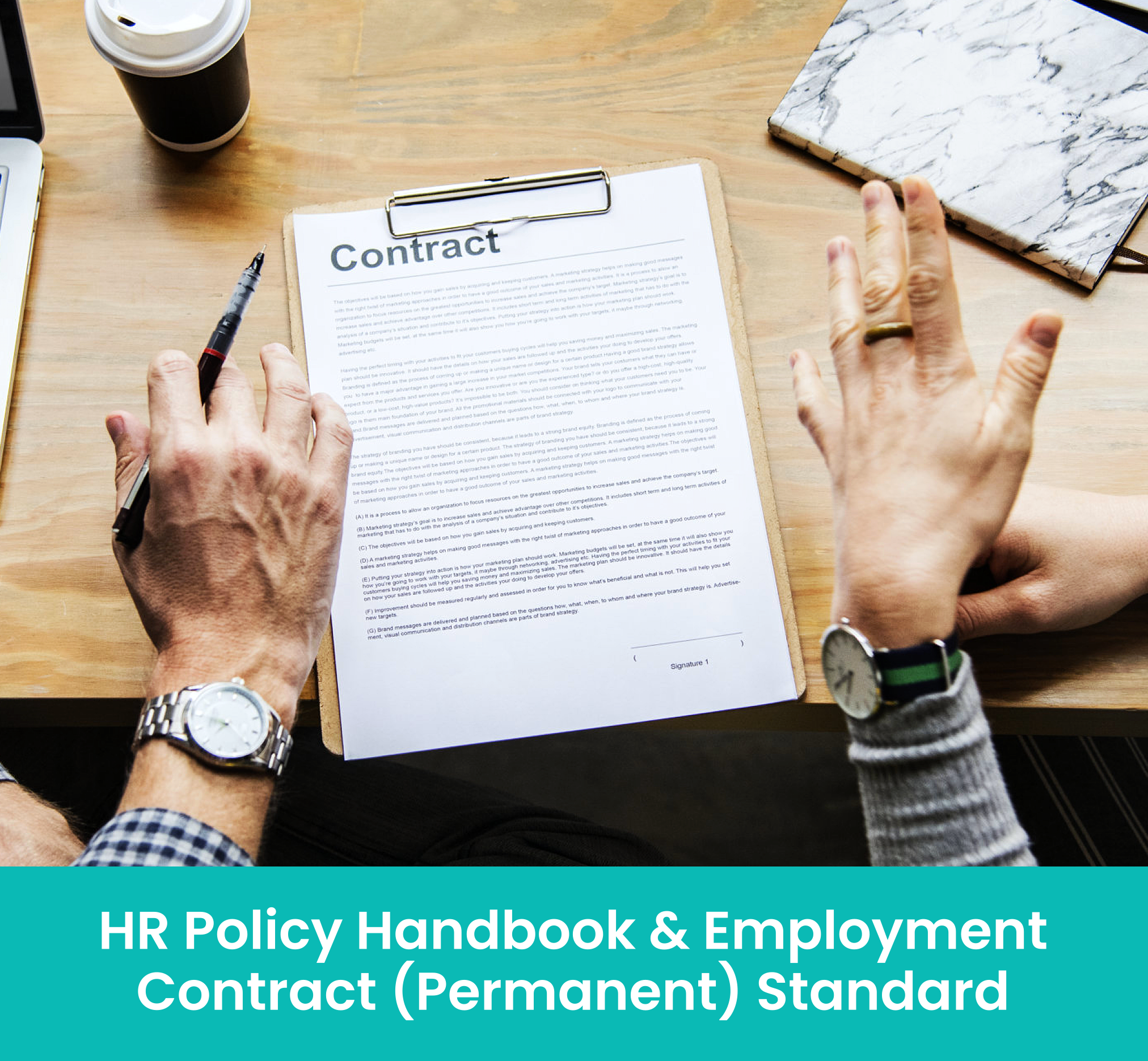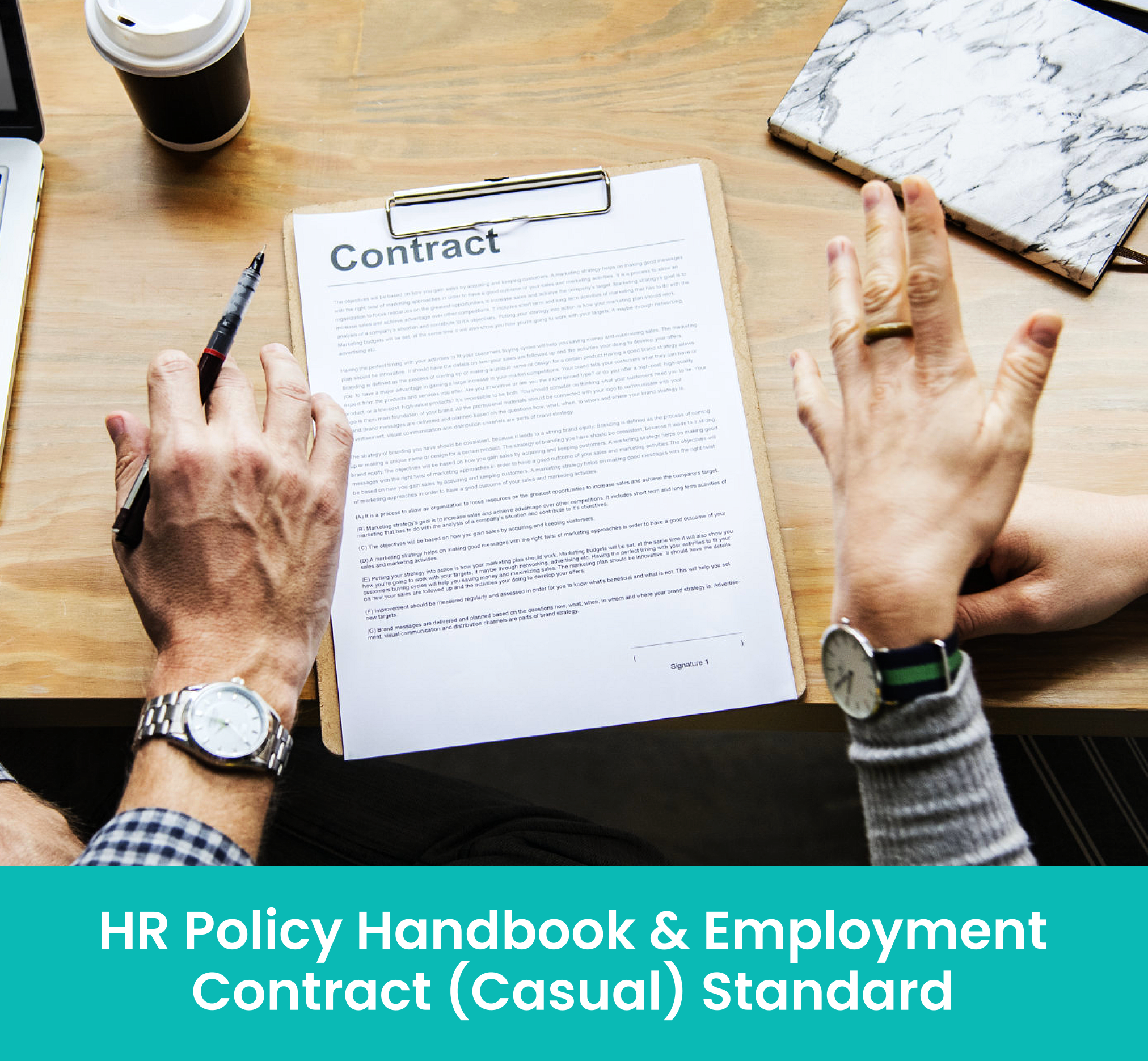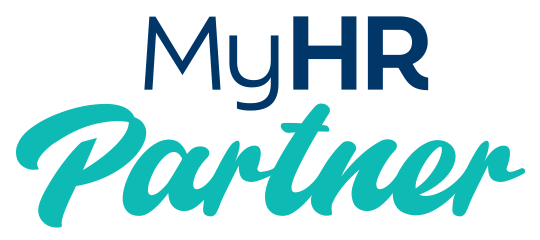Casual Employment Contracts
Your employment contract is provided fully completed with your business details and the employee details. We also provide
an employment contract template that you can use for future employees.
Your employment contract is provided
fully completed with your business details
and the employee details. We also provide an employment contract template that
you can use for future employees.
| Features | Comprehensive Contract | Simple Contract |
| Employment Scope | Covers job duties, position description, and specific responsibilities | Mentions general obligations with no detailed job description provided. |
| Confidentiality | Includes detailed confidentiality clauses | Mentions confidentiality but with fewer details |
| Employee Information | More detailed information about employee
identification and proof of eligibility to work in Australia |
Employee details and position |
| Post-employment Restraints | Contains post-employment restraint clauses | No |
| Compensation & Wage Details | Includes casual loading and additional pay-related details such as overtime. |
Less detailed casual loading details. |
| Superannuation | Detailed explanation of superannuation contributions. | Superannuation details with less detail |
| Termination | Provides more detail | Yes, with less detail |
| Governing Law | Specifies governing law and dispute resolution processes | No |
| Workplace Surveillance | Includes detailed information on electronic device, vehicle and workplace surveillance. |
Mentions IT surveillance but in less detail |
| Compensation for all legal entitlements | Yes | No |
| Reporting Arrangements | Yes | No |
| Hours of Work | Working hours, overtime, and more details of days and hours worked |
Basic details |
| Uniform requirements | Yes | No |
| Drugs & alcohol | Yes | No |
| Equipment | Yes | No |
| Driver’s licence | Yes | No |
| Confidentiality and Intellectual Property | Yes | No |
| Post-Employment Restraints | Yes | No |
| Features | Comprehensive Contract | Simple Contract |
| Employment Scope | Covers job duties, position description, and specific responsibilities | Mentions general obligations with no detailed job description provided. |
| Confidentiality | Includes detailed confidentiality clauses | Mentions confidentiality but with fewer details |
| Employee Information | More detailed information about employee
identification and proof of eligibility to work in Australia |
Employee details and position |
| Post-employment Restraints | Contains post-employment restraint clauses | No |
| Compensation & Wage Details | Includes casual loading and additional pay-related details such as overtime. |
Less detailed casual loading details. |
| Superannuation | Detailed explanation of superannuation contributions. | Superannuation details with less detail |
| Termination | Provides more detail | Yes, with less detail |
| Governing Law | Specifies governing law and dispute resolution processes | No |
| Workplace Surveillance | Includes detailed information on electronic device, vehicle and workplace surveillance. |
Mentions IT surveillance but in less detail |
| Compensation for all legal entitlements | Yes | No |
| Reporting Arrangements | Yes | No |
| Hours of Work | Working hours, overtime, and more details of days and hours worked |
Basic details |
| Uniform requirements | Yes | No |
| Drugs & alcohol | Yes | No |
| Equipment | Yes | No |
| Driver’s licence | Yes | No |
| Confidentiality and Intellectual Property | Yes | No |
| Post-Employment Restraints | Yes | No |
Order your employment contract here:
Employment Contracts for Casual Employees
Employment Contracts for Permanent Employees
Order your combined contracts and policies here and save:
Order your employment
contract here:
Order your combined contracts and policies here:

The Standard Employment Contract
provides a basic contract for a permanent employee that covers employee details, probation period, remuneration, hours of work, leave, termination, confidentiality, and post-employment restraints. However, it doesn’t provide details on the terms of confidentiality and post-employment restraints.
The Comprehensive Employment
Contract offers a more detailed contract that covers additional aspects such as job title and duties, bonuses, overtime, and more. It also provides detailed clauses on confidentiality and post-employment restraints, and includes dispute resolution options and governing law and jurisdiction.
Overall, the Comprehensive Contract
offers more extensive coverage and clarity
than the Standard Contract.
All of our contracts are written by
Employment Lawyers.

Your employment contract comes fully completed with your business and employee details. We also provide a template you can use for future hires.
The Simple Employment Contract covers key aspects like employee details, probation, salary, hours, and leave entitlements, but doesn’t include terms on confidentiality or post-employment restraints.
The Comprehensive Employment Contract is more detailed, including job duties, bonuses, overtime, and additional clauses on confidentiality, leave, post-employment restraints, dispute resolution, and governing laws. It offers broader coverage compared to the Simple Contract.
Overall, the Comprehensive Contract offers more extensive coverage and clarity than the Standard Contract.
All of our contracts are written by Employment Lawyers.
Our Latest Blog Post

Podcast Episode 20: Affordable Employee Benefits: Creative Solutions for Small Businesses
Welcome back to the My HR Partner blog. Today, I’m excited to delve into a topic close to my heart—providing affordable employee benefits for small businesses. If you’re running a small business and looking for ways to keep your employees motivated and feeling appreciated without straining your budget, you’re in the right place. Let’s explore some creative, cost-effective strategies to enhance your workplace culture and retain your top talent.
Why Offer Employee Benefits?
Employee benefits are crucial for retaining staff and boosting morale. While large corporations can offer extravagant perks, small businesses can also make a significant impact with thoughtful, budget-friendly options. The key is to focus on what truly makes your employees feel valued and engaged.
Some Examples of Creative, Cost-Effective Employee Benefits
Birthday Leave
One simple yet impactful benefit is offering a day off on an employee’s birthday. This small gesture shows appreciation and allows employees to enjoy their special day without the stress of work. For a small business, you can set clear guidelines to ensure fairness, such as allowing the day off within a two-week window around their birthday. Also consider how this leave would apply to part time employees.
Employee of the Month/Week/Quarter
Recognising outstanding performance can be as simple as implementing an Employee of the Month/Week/Quarter program. This can include a range of rewards – anything from a gift card to a special lunch or even an extra day off. The goal is to celebrate achievements and motivate your team. Just make sure the criteria for awards are clear and equitable to avoid any feelings of unfairness.
Flexible Work Hours
Offering flexibility in work hours or remote work options can be a valuable benefit. If you have employees who’ve recently hit a significant milestone or achieved their targets, consider giving them an extra hour/s off or the option to work from home for a day. This type of reward can be highly appreciated and doesn’t necessarily come with a financial cost.
Personalised Rewards
Tailor rewards to individual preferences. If you have a small team, you can personalise rewards like restaurant vouchers, movie tickets, or sports event passes based on what each employee enjoys. This personal touch not only shows that you value their preferences but also makes the reward more meaningful.
Recognition Programs
Don’t underestimate the power of recognition. Implement a structured recognition program where employees are acknowledged for their hard work and milestones. Whether it’s a trophy, a plaque, or a simple shout-out in a team meeting, celebrating achievements can foster a positive work environment. And……. Sometimes all it takes is to say Thank You.
Involving Employees in the Process
Engage your team in brainstorming sessions to gather ideas for benefits that would truly resonate with them. This collaborative approach ensures that the perks you offer align with what your employees find valuable. It also helps in creating a sense of ownership and involvement in shaping the company culture.
Balancing Fairness and Motivation
When designing reward programs, it’s important to ensure they’re fair and inclusive. Avoid scenarios where only a few employees repeatedly receive rewards, as this can lead to resentment. Instead, consider team-based goals or rotating awards to keep everyone motivated and feeling valued, but at the same time, you don’t want to be seen to be just giving an award to someone to “share it around”. It needs to be something to strive for.
Conclusion
Affordable employee benefits can make a significant difference in maintaining a motivated and happy workforce. By thinking creatively and understanding what your employees value, you can implement effective benefits without breaking the bank. If you need more tailored advice on setting up a benefits program or managing HR concerns, feel free to reach out to us at My HR Partner.
Thank you for joining me today. Keep your team happy, and let’s continue working towards a thriving and positive workplace culture.
Stay tuned for more HR insights and tips on the My HR Partner blog and podcast.
We provide HR advice and support. We have trusted partners to assist with any employment law issues
outside of our scope.
More info

Get HR Advice from our HR expert
Our Latest Blog Post
Flexible Working Arrangements
Jun 18, 2024
Why Flexible Work Arrangements
Are Essential for Modern Businesses
Today, we’re delving into a...
We provide HR advice and support.
We have trusted partners to assist with
any employment law issues outside
of our scope.
More info
PO Box 1079
Coolangatta QLD 4225
ABN 30 644 527 015
Get HR Advice from our HR expert

